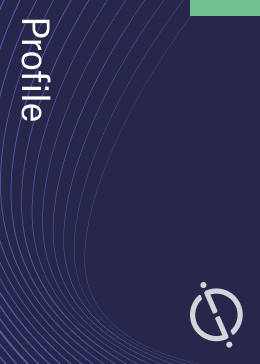Westermost Rough is a 210MW offshore wind power project. The project is located in North Sea, England, the UK. According to GlobalData, who tracks and profiles over 170,000 power plants worldwide, the project is currently active. It has been developed in a single phase. The project construction commenced in 2014 and subsequently entered into commercial operation in July 2015. Buy the profile here.
Description
The project was developed by Westermost Rough. Orsted UK, Arjun Infrastructure Partners, Equitix, Universities Superannuation Scheme and StepStone Group are currently owning the project having ownership stake of 50%, 25%, 12.5%, 9.37% and 3.12% respectively.
The wind turbines in the project are installed on fixed foundations. An array of monopile foundations feature in the project.
The project generates 800,000MWh electricity and supplies enough clean energy to power 150,000 households, offsetting 264,429t of carbon dioxide emissions (CO2) a year.
Development status
The project is currently active. The project construction commenced in 2014 and subsequently entered into commercial operation in July 2015.
Power purchase agreement
The power generated from the project is sold to Good Energy Group under a power purchase agreement for a period of 6 years from 2017. The contracted capacity is 25.2MW.
Contractors involved
Siemens Gamesa Renewable Energy was selected as the turbine supplier for the wind power project. The company provided 35 units of SWT-6.0-154 turbines, each with 6MW nameplate capacity.
Siemens Gamesa Renewable Energy is the O&M contractor for the wind power project. The operation and maintenance contract commenced from 2015, for a period of 5 years.
For more details on Westermost Rough, buy the profile here.
Data Insights
From

The gold standard of business intelligence.
Blending expert knowledge with cutting-edge technology, GlobalData’s unrivalled proprietary data will enable you to decode what’s happening in your market. You can make better informed decisions and gain a future-proof advantage over your competitors.



